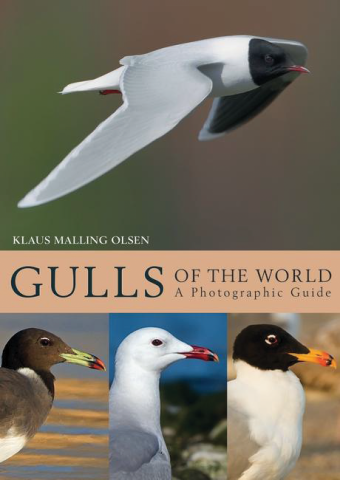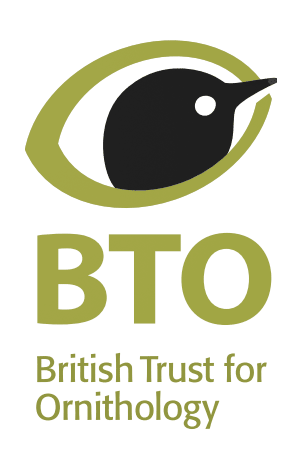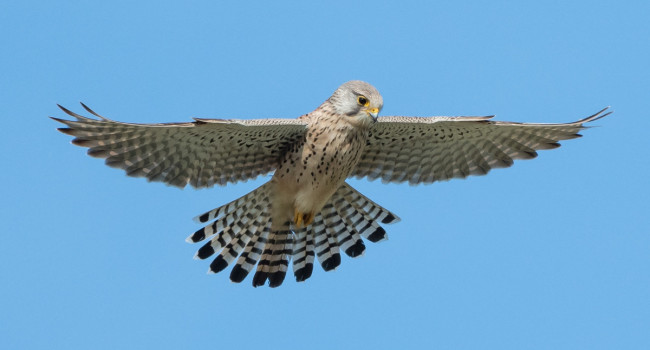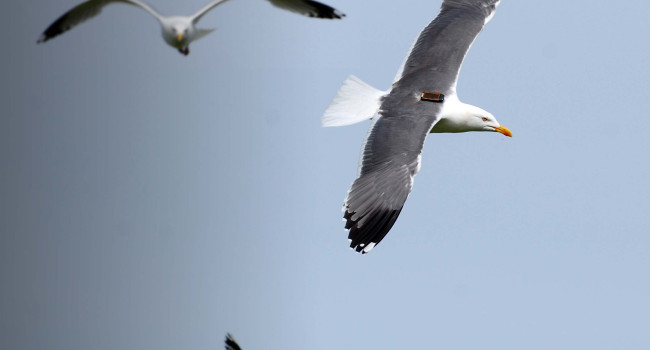
Publisher: Bloomsbury
Publication Year: 2018
Binding: 2
Page Count: 368
ISBN Number: 9781408181645
Price: £34.99
Gulls of the World: a photographic guide
This book was originally reviewed by Brian Small on behalf of British Birds. The review can be read on the BB website: https://britishbirds.co.uk/article/gulls-of-the-world-a-photographic-guide/
Is there space on your shelf for another book on gulls? For any ‘gull freak’ the answer will always be ‘yes’, but for more ‘normal’ birders what does this guide offer that others have not?
My most-thumbed (gull) books are Gulls of Europe, Asia & North America, by the same author and illustrated by Hans Larsson; Gulls of the Americas, by Howell & Dunn; and, of course, Gulls: a guide to identification, by Peter Grant. There are classic papers too: Lars Jonsson’s article in Alula on Yellow-legged Larus michahellis and Caspian Gulls L. cachinnansas well as his ‘fuscus’ [Lesser Black-backed Gull L. fuscus] paper in Birding World; and the BB papers by Martin Garner and David Quinn on Yellow-legged and Caspian Gulls. There are other articles, and other books; will this new addition become equally well used?
In many ways it is unfair to compare this guide to the gulls of the world with those detailed papers, as they have the capacity to deal with the intricacies of gull ageing and identification that a guide of this kind cannot. Indeed, the author professes it to be a ‘companion guide’ to (his own) Gulls of Europe, Asia & North America and to offer a ‘more concise’ view of gull identification. In this respect he has succeeded; while at the same time acknowledging that the minutiae of difficult gull identification are better served by the ‘overwhelming’ plethora of images on the internet, for example at www.gull-research.org, and by detailed papers on individual species.
Following a 12-page introductory section on various elements and difficulties of gull identification, the new book moves you swiftly on to the main species accounts. These vary in length according to identification difficulty and where the plumage is most complicated. There are 1–4 pages of dense text, including a map, followed by a series of photographs showing the development of the plumage through a number of age stages and some individual variation (and occasional hybrids/intergrades). There are just eight images for Dolphin Gull Leucophaeus scoresbii, but over 30 images to help us navigate the intricacies of Iceland Gull L. glaucoides, Herring Gull L. argentatus and American Herring Gull L. smithsonianus.
Individual species texts deal with ‘Identification’ (which actually is a detailed description of plumages), ‘Moult notes’, ‘Geographical variation’, ‘Hybridisation’, ‘Status, habitat and distribution’, ‘Similar species’ (which has a better discussion of identification than ‘Identification’, as it compares the discussed species with others) and ‘References’. I have to admit that I find it hard to gain a true impression from the detailed written descriptions of gull plumages, especially juvenile, without photographs or artwork. Here’s a description of a juvenile gull: ‘Head and breast muddy brown, streaked or mottled, often with more solid eye-mask. Underbody whitish with greyish brown mottling or spotting along the flanks. Central belly and undertail-coverts whitish with dark markings normally restricted to fine spots or arrow shapes along sides of undertail coverts…’. It could be any one of umpteen species (it’s actually a Caspian Gull).
However, as this is a ‘photographic guide’ the focus of attention is on the images. Virtually all of the images are good, well-chosen to illustrate a point and are accompanied by text. I have two comments: firstly, the annotations could have been more detailed – in many instances there is the space – and have pointed out more of the key features; secondly, I think that in quite a few cases the reproduction is a touch too dark or contrasting, with heavy shadow or very dark background. For example, in my copy I find that the mantle tone of ‘Heuglin’s Gull’ L. fuscus heugliniis a shade too dark. A simple header at the top of each page might have been a good idea too, to save you paging back and forth to find out which species you’re looking at.
The taxonomy chosen, in my opinion, takes a sensible and proactive view: ‘Mew Gull’ L. (canus)brachyrhynchusis treated as separate from Common Gull, ‘Thayer’s Gull’ L. (glaucoides) thayeri (of particular personal interest) is not lumped with Iceland Gull, nor is Heuglin’s lumped with Lesser Black-backed. Distinct (sub-) species such as ‘Steppe Gull’ L. (fuscus) barabensis, ‘Azores Gull’ L. (michahellis) atlantis, etc., are described in separate accounts, with a strong series of images.
I enjoyed this book (the more I use it the more I like it) and, despite a few personal misgivings about one or two elements, I am confident it will find a prominent place on my bookshelf; I am quite sure I shall go back to it time and again.
Book reviewed by Brian Small





Share this page